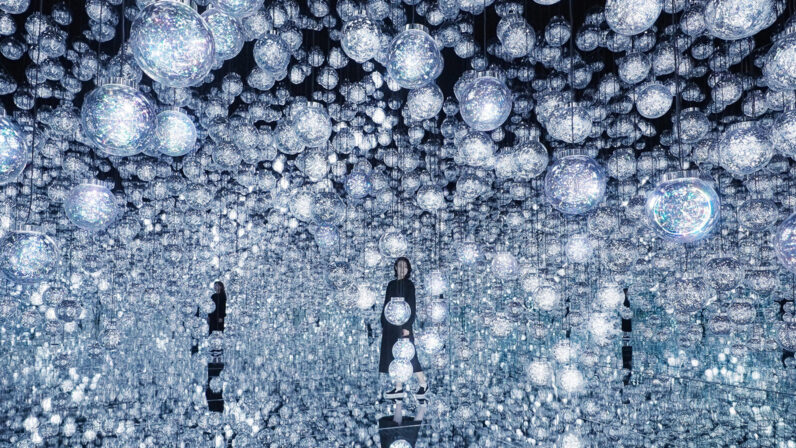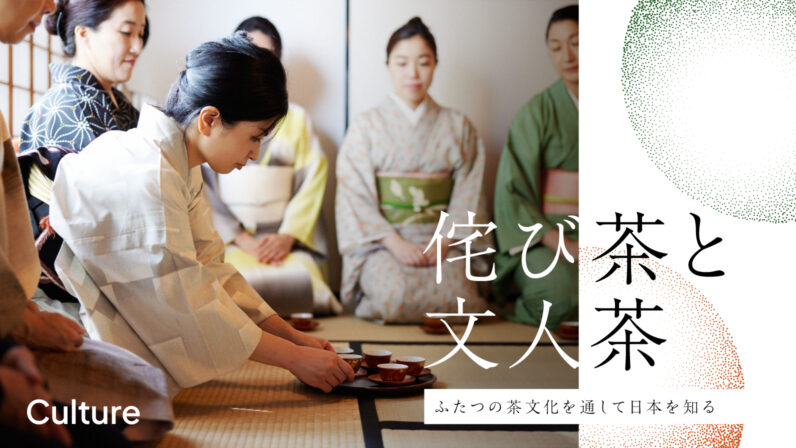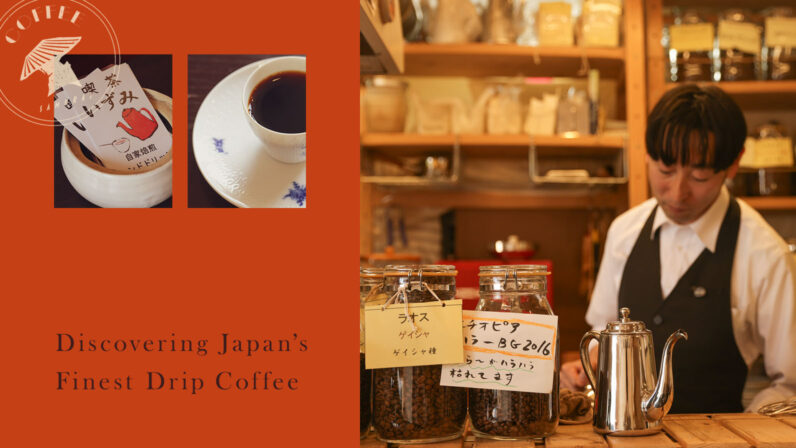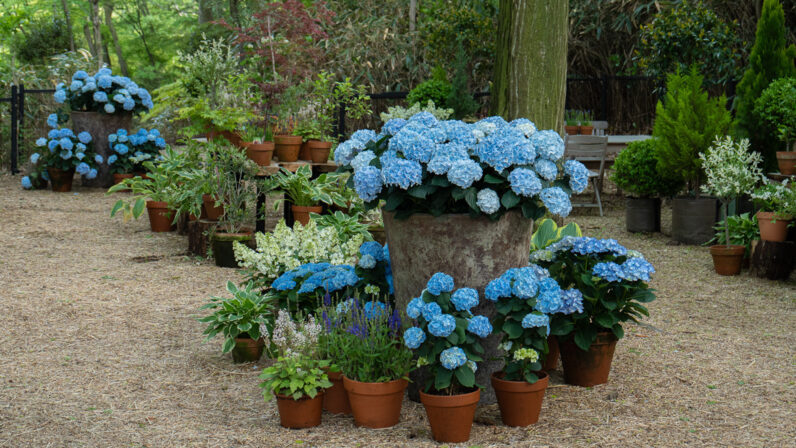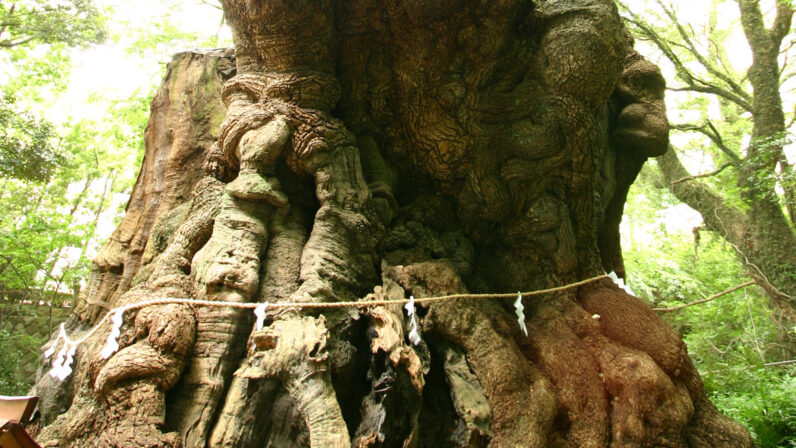The Bunka Gakuen Costume Museum in Shinjuku is currently hosting a special exhibition, Masterpieces of Japanese Dress, from June 17 to August 6, as it celebrates its 100th anniversary.
Bunka Gakuen University has a long history, starting as a women’s vocational school in 1923 and being the first school in Japan to offer a Western-style dressmaking education.
Since then, it has continued to grow as a prominent center of fashion education, producing many talented individuals in the fashion world.

The university museum, The Bunka Gakuen Costume Museum, was established in 1979 and boasts one of the finest collections of Japanese clothing in the world.
The current exhibition, The Beauty of Japanese Clothing, offers a rare opportunity to admire these remarkable pieces up close.
The exhibition is structured around four categories: Court Attire, Kosode, Samurai Warrior Attire, and Noh Costumes. Each represents a distinctive aspect of Japan’s culture, shaped by unique customs, aesthetics, and traditions.
Elegance of Court Attire
On the 1st floor, you’ll find an exhibition showcasing attire that evokes the imperial court nobility of the Heian period (794 -1185), such as Sokutai (ceremonial court attire) for men and Junihitoe (twelve-layered ceremonial kimono) for women.
These garments mark the beginning of fashion wholly unique to Japan as cultural localization progressed during the mid-Heian period, moving away from the strong influence of clothing from continental Asia. They were meticulously crafted from an elegant textile with intricate design known as Yusoku Orimono.


Beauty of the Samurai
Regular Samurai attire is typically basic in color and design and is made with hemp, plain fabrics, and stencil dying, reflecting a unique sense of beauty grounded in simplicity and strength of spirit.
On the other hand, battle attire like Jinbaori (war surcoats) and Gusoku (armor) showcase extravagant designs with the incorporation of fabrics like gauze and brocade.
The displayed pieces mainly date from the mid-Edo period onwards and embody the ceremonial nature of attire worn by brave warriors on the battlefield as they faced danger with unwavering determination.
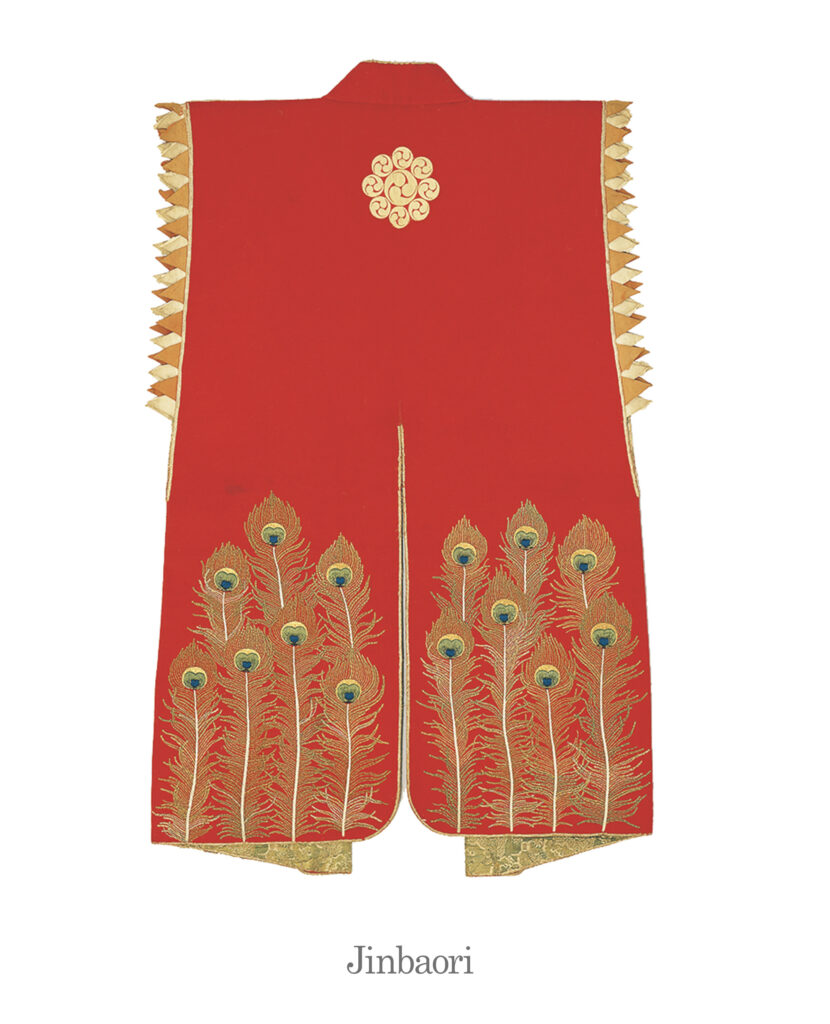
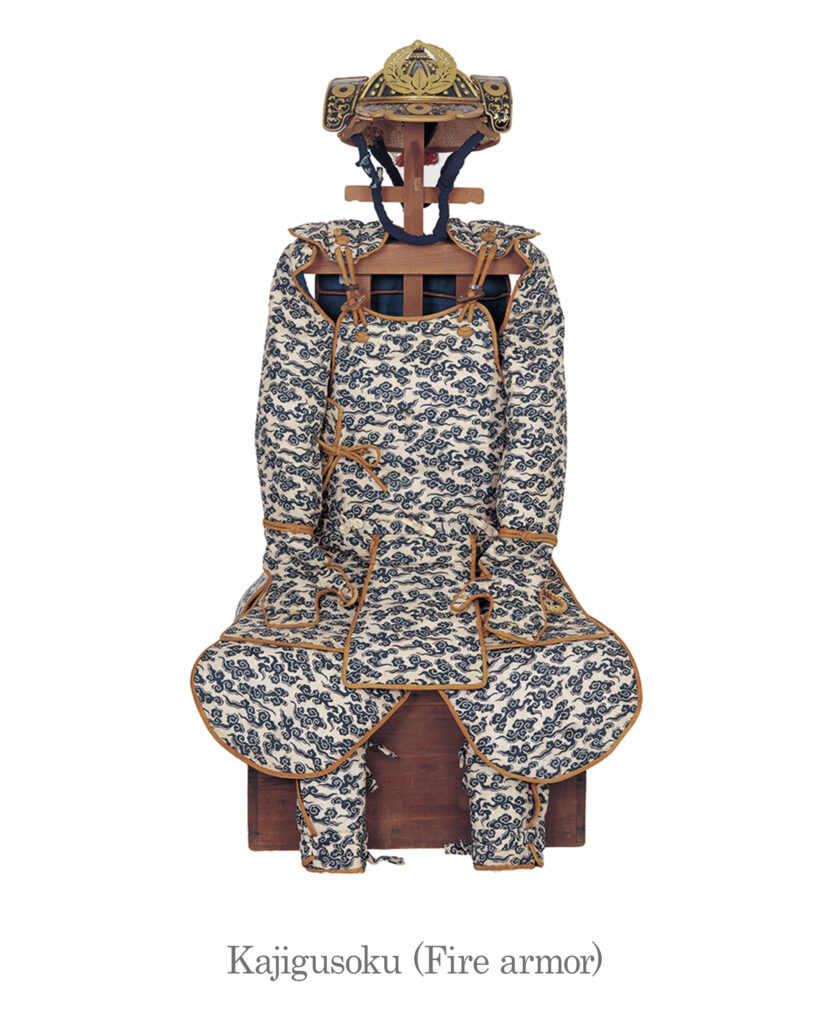
Noh, a favorite of the Shogunate
Noh, a form of traditional Japanese performing arts, flourished from the Edo period onward, as it became the ceremonial performance for the shogunate and deep knowledge of Noh was expected of all feudal lords.
With the aid of shoguns and feudal lords’ financial resources, Noh performance attire developed into a refined and stylized form that exuded luxury and opulence. The roles played determined the style, patterns, colors, and manner of wearing these costumes.
The Bunka Gakuen Costume Museum houses a collection of Noh costumes that belonged to the Ii family, the feudal lords of Omi Hikone (Shiga prefecture). The Ii family was highly dedicated to Noh, and even the prominent statesman of the end of the Tokugawa shogunate, Ii Naosuke (1815–1860), was fond of the Kita school of Noh.
The exhibited costumes range from the late Edo period to the Meiji and Taisho (1912–1926) eras, encompassing various types from diverse Noh styles.
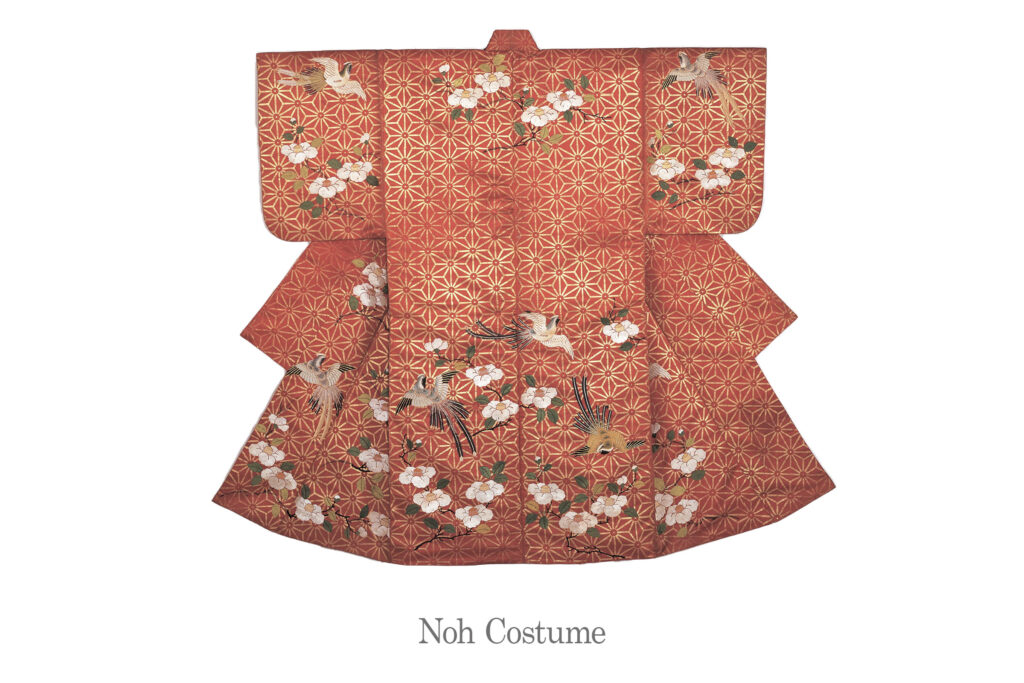
Just a 10-minute walk from Shinjuku Station, the museum is worth visiting if you’re in the area, and exploring the traditional garments offers a deeper look into the essence of Japanese beauty and craftsmanship.
Masterpieces of Japanese dress from the Bunka Gakuen Costume Museum Website: https://museum.bunka.ac.jp/exhibition/ Duration: June 17, 2023, to August 6, 2023 Hours: 10:00 AM to 4:30 PM Closed on Sundays, public holidays, and June 26 (Open on June 18, July 16, July 30, and August 6) Admission: General: ¥500 (¥400) College Students: ¥300 (¥200) Elementary and Junior High Students: ¥200 (¥100) *( ) indicates group rates for 20 or more people Persons with disabilities and one accompanying individual can enter for free



